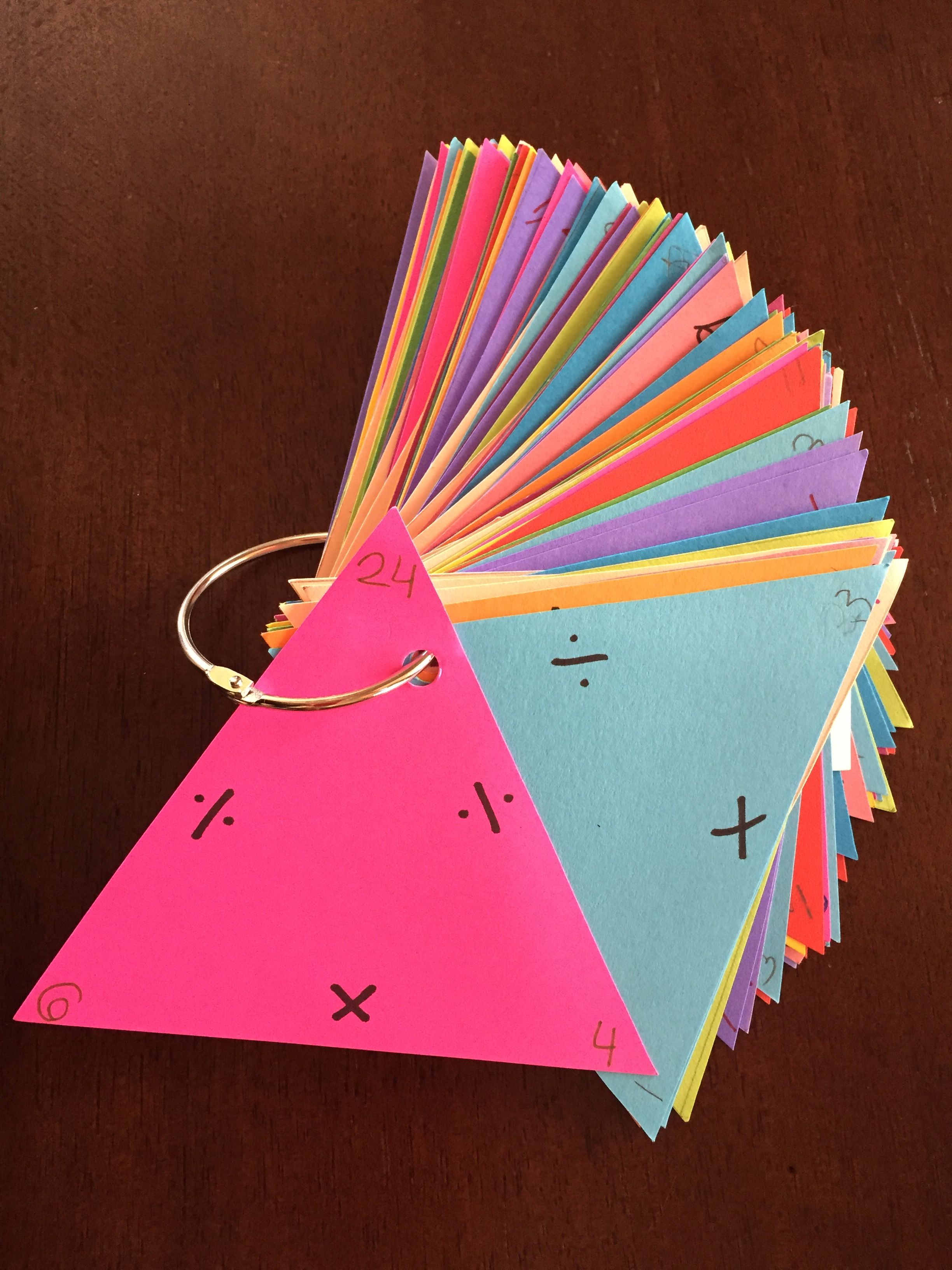By: Julia Cremin on November 30th, 2015
Building Fluency with Math Facts
I’m sure you’ve heard the rumblings online about the “new” way that math is being taught now that the Common Core standards for math are in place.
The focus has shifted to teaching students how to represent addition, subtraction, multiplication and division using strategies such as 10 frames, area models and arrays rather than just memorizing facts. I strongly believe in the importance of building students’ conceptual understanding of math facts, however I also feel just as strongly that students should be able to quickly recall basic facts (addition and subtraction within 20, and multiplication of one-digit numbers within 100) by the end of elementary school.
As students begin to solve more complex, multi-step problems, having automaticity with basic facts will free them from having to expend precious brain-power on the basics, like figuring out the product of two numbers.
The following are a few activities that will get your students hands-on with building math fluency.
Fact Family Flashcards
We’ve all seen the standard flashcards available for sale at any teacher supply store. Although these flashcards are a great tool for drilling math facts, they isolate the operations: addition is separate from subtraction, multiplication is presented apart from division.
Why not use what is familiar to students to help them in the areas in which they struggle? Often times students find more success with subtraction when they relate it to what they know about addition, the same goes for division and multiplication.
Here’s where triangle flashcards come into play.
Use the triangle shape in your Cutout Maker (MTH321) to cut out triangles for each math fact you want students to review. On each triangle, write the appropriate operation symbols (+ and – or ÷ and x), then have students fill in the appropriate addends and sum, or factors and product for each fact family. Punch a hole in the side of each card, and place them on a binder ring to create a portable study tool.
Use the fact family flashcards to review the relationship between addition and subtraction, or multiplication and division in classroom centers or as a take-home activity that students can practice with their parents.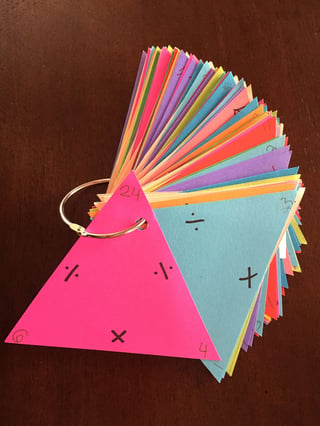
Trace, Solve, Check
The Trace, Solve, Check strategy works well when a student has a specific set of problems that he or she needs to master. The student has the opportunity to practice writing the problem and answer, and get immediate feedback about whether he or she solved the problem correctly.
Using the Nameplate Plain Text (NPL018) template in your Cutout Maker, customize a set of cutouts with the problems the student needs to practice. Cut the customized nameplates out of cold laminated construction paper. Fold the nameplates along the dotted line and use a permanent marker to write the answer to the problem on the bottom layer of paper, directly under where it would be written on the top flap.
Have students practice solving each problem by tracing the numbers in the problem with a dry-erase marker, then writing the answer with the dry-erase marker on the top flap. The student can then lift the flap to check the correct answer and make any corrections if necessary.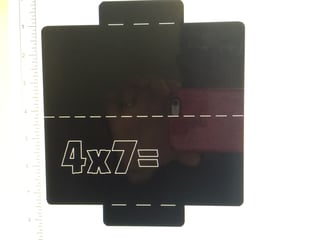
Multiplication Maze
If your students are like mine, they prefer to work on assignments with a friend, and the bigger the workspace, the better!
Given this criteria, the Multiplication Maze is a fun way for students to practice all of the multiplication facts (1 through 12) for a given number. Customize the Multiplication Maze poster template (VIS146) in your Poster Maker or Perfecta by adding the multiples for a given number in order, so they are touching, either above or below, to the right or left, or diagonal to the previous square. Fill in the remaining blank squares with any numbers 1-100.
Have students work with a partner to complete the maze. One student will go first, connecting the first 12 multiples of the given number (ex. 4, 8, 12, 16, 20, etc… all the way through 412 or 48). The next student will connect 48 to 4, then connect the rest of the multiples through 48. Students each take one more turn connecting the multiples to get to the end of the maze.
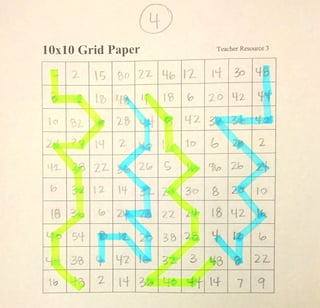
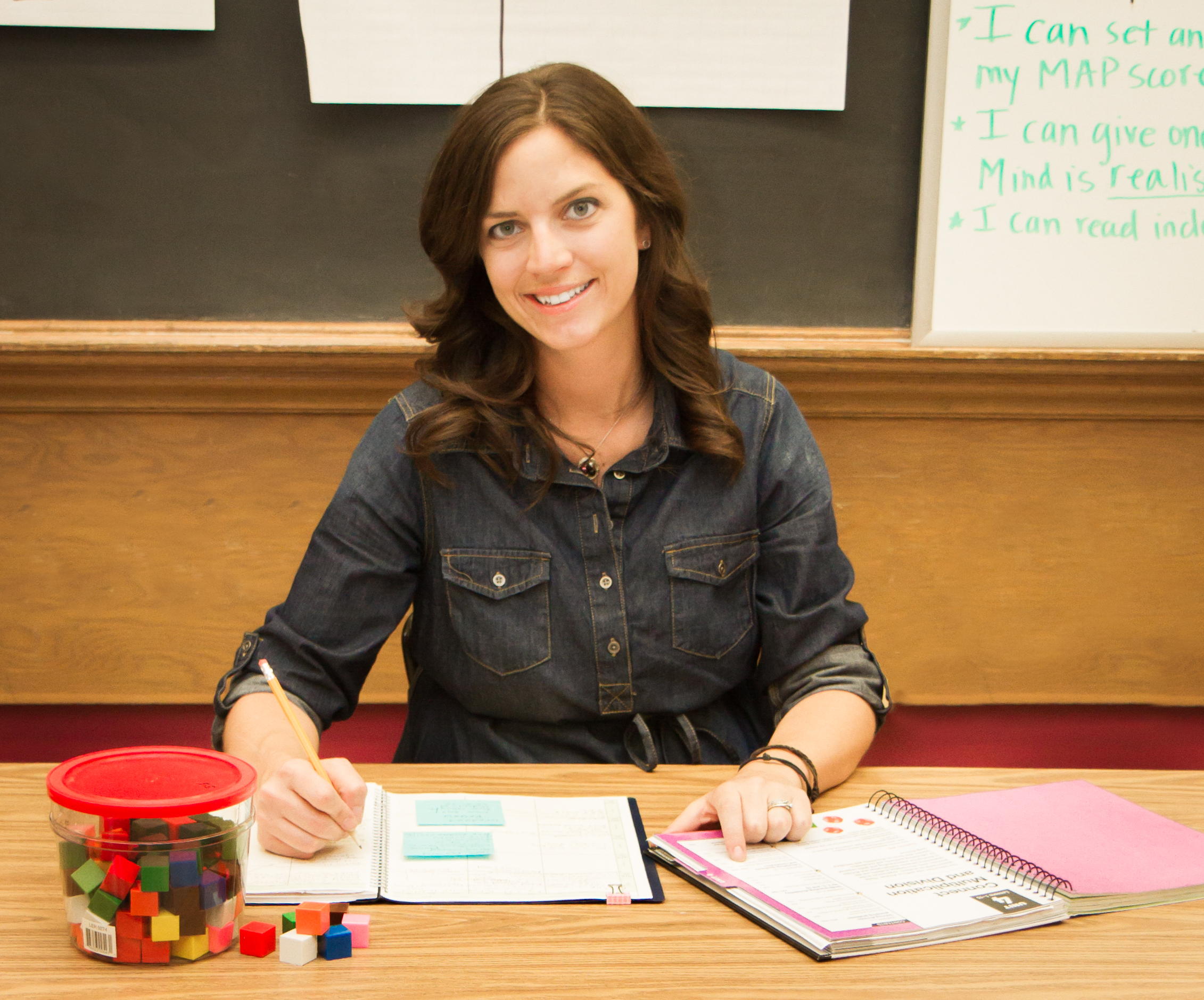 Julia Cremin is a 6th grade Reading, Language Arts and Math teacher at O'Keeffe Middle School in Madison, WI. She is certified in Elementary Education (grades 1-9) with a minor in Mathematics. This is her fifth year teaching middle school.
Julia Cremin is a 6th grade Reading, Language Arts and Math teacher at O'Keeffe Middle School in Madison, WI. She is certified in Elementary Education (grades 1-9) with a minor in Mathematics. This is her fifth year teaching middle school.
